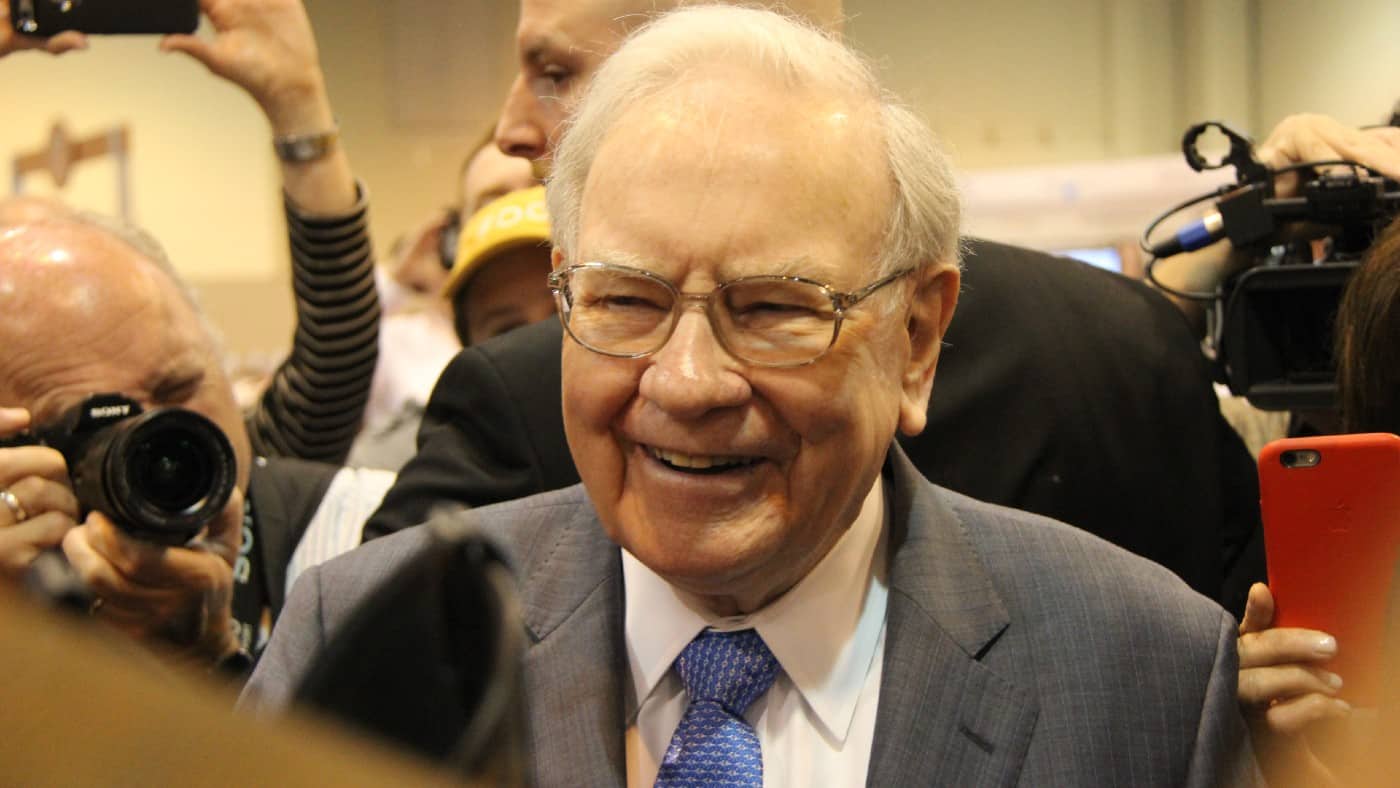I’m sure I’ll never emulate Warren Buffett’s success, but I can follow his teachings. He’s among the most successful investors of all time, having amassed a fortune worth over $120bn in his seven decades of investing.
So, why am I saying it time to move away buy-to-let investments? Well, rising costs, tax changes, and tighter regulations are squeezing profits from UK buy-to-let investments.
Moreover, higher interest rates, stamp duty, and reduced tax relief are eating into income, while stricter tenant laws add complexity and risk. Overall, returns dwindle compared to alternative investments.
In fact, according to Hargreaves Lansdown, landlords’ percentage of post-tax profits from rental income have fallen to 3.9% from 24% in the seven years between 2014 and 2021.
So, here’s how I can follow Buffett’s teaching to build a passive income empire.
Don’t lose money!
When investing, we need money to make money. And that’s very apparent in Buffett’s first rule.
His principle of “Don’t lose money” encapsulates a fundamental investing strategy: prioritise capital preservation. For Buffett, avoiding significant losses is as crucial as seeking gains.
This strategy emphasises careful investment decisions, risk assessment, and a long-term perspective, reflecting his belief that safeguarding capital lays the foundation for sustained investment success over time.
After all, if we make unwise investment decisions, we could find ourselves in the red. And if my investments fall by 50%, I’ve got to gain 100% to get back to where I was.
Find a margin of safety
Buffett’s concept of “margin of safety” underscores the importance of purchasing stocks at a price significantly below their intrinsic value. It acts as a financial cushion against unforeseen market fluctuations or miscalculations.
For instance, if a stock’s intrinsic value is determined through methods like price-to-earnings, discounted cash flow, or price-to-earnings growth (PEG) analysis, a margin of safety involves buying when the market price is considerably lower than the calculated intrinsic value.
In practical terms, if I find a stock with a PEG value of 0.6 — inferring a 40% undervaluation — then I’ve found a significant margin of safety. It’s worth noting that the PEG metric isn’t perfect for dividend stocks, and a wide range of metrics should be viewed before making an investment.
This approach minimises risk and provides a buffer for potential errors. This aligns with Buffett’s prudent and risk-averse investment philosophy.
Compound until ready
Compounding is a powerful force in investing, and Buffett knows it. “My wealth has come from a combination of living in America, some lucky genes, and compound interest.”
Compound returns is something we can achieve when we reinvest our returns year after year — some growth-oriented companies reinvest on our behalf.
And it’s more impactful than it sounds. Essentially it means I start earnings interest on my interest, as well as my starting capital.
Over time, this is the key to turning small sums of money into much larger ones. Here’s some simple maths showing how monthly contributions could grow and allow me to create a passive income empire.
| Monthly contribution | £100 | £200 | £300 | £400 |
| Annualised growth rate | 8% | 8% | 8% | 8% |
| Passive income after 10 years (annual) | £1,351.65 | £2,703.30 | £4,054.95 | £5,406.60 |
| Passive income after 20 years (annual) | £4,463.74 | £8,927.49 | £13,391.23 | £17,854.98 |
| Passive income after 30 years (annual) | £11,371.48 | £22,742.95 | £34,114.43 | £45,485.90 |








